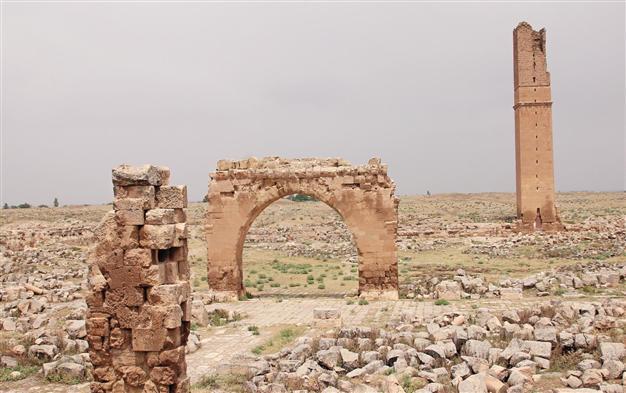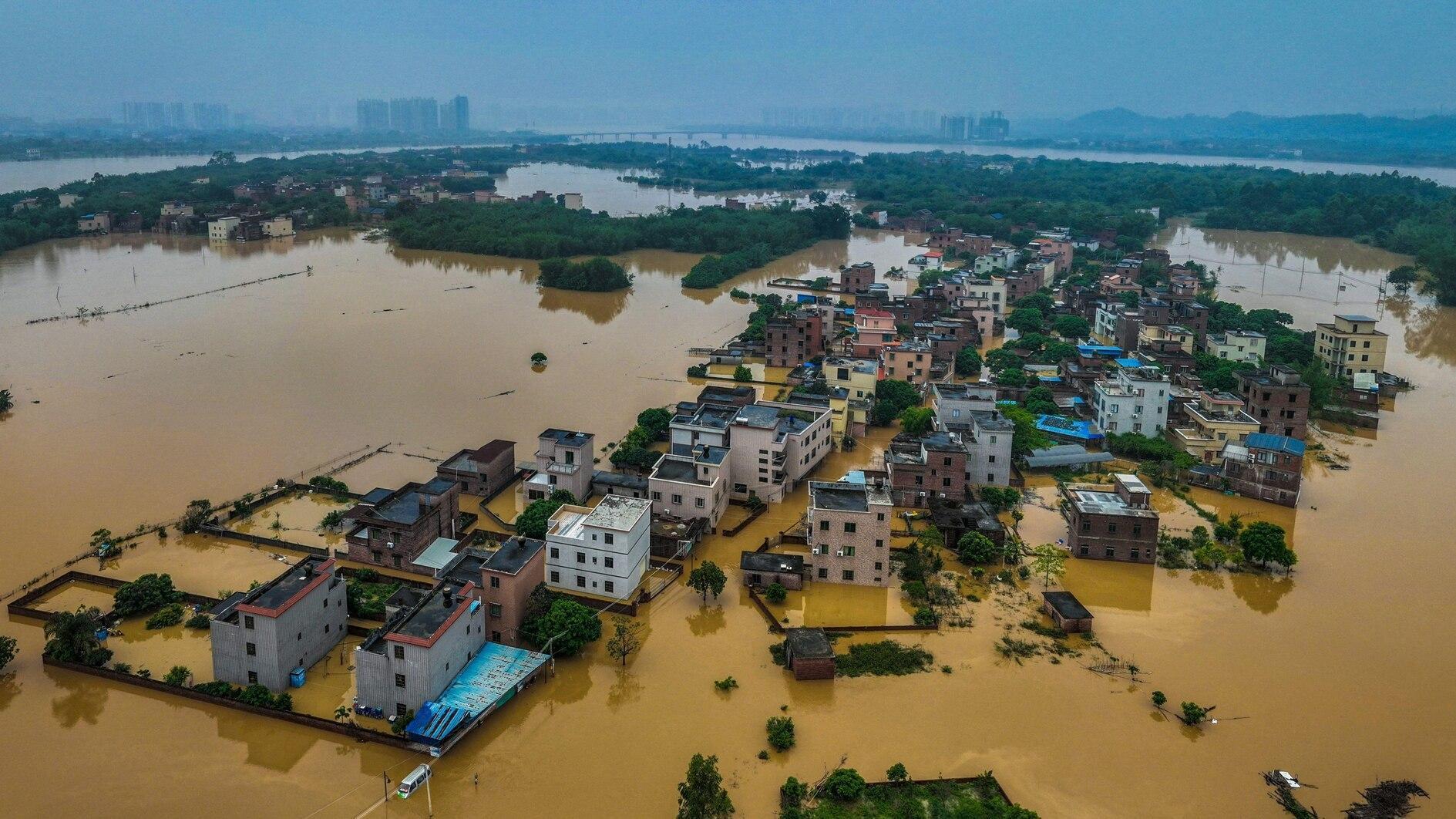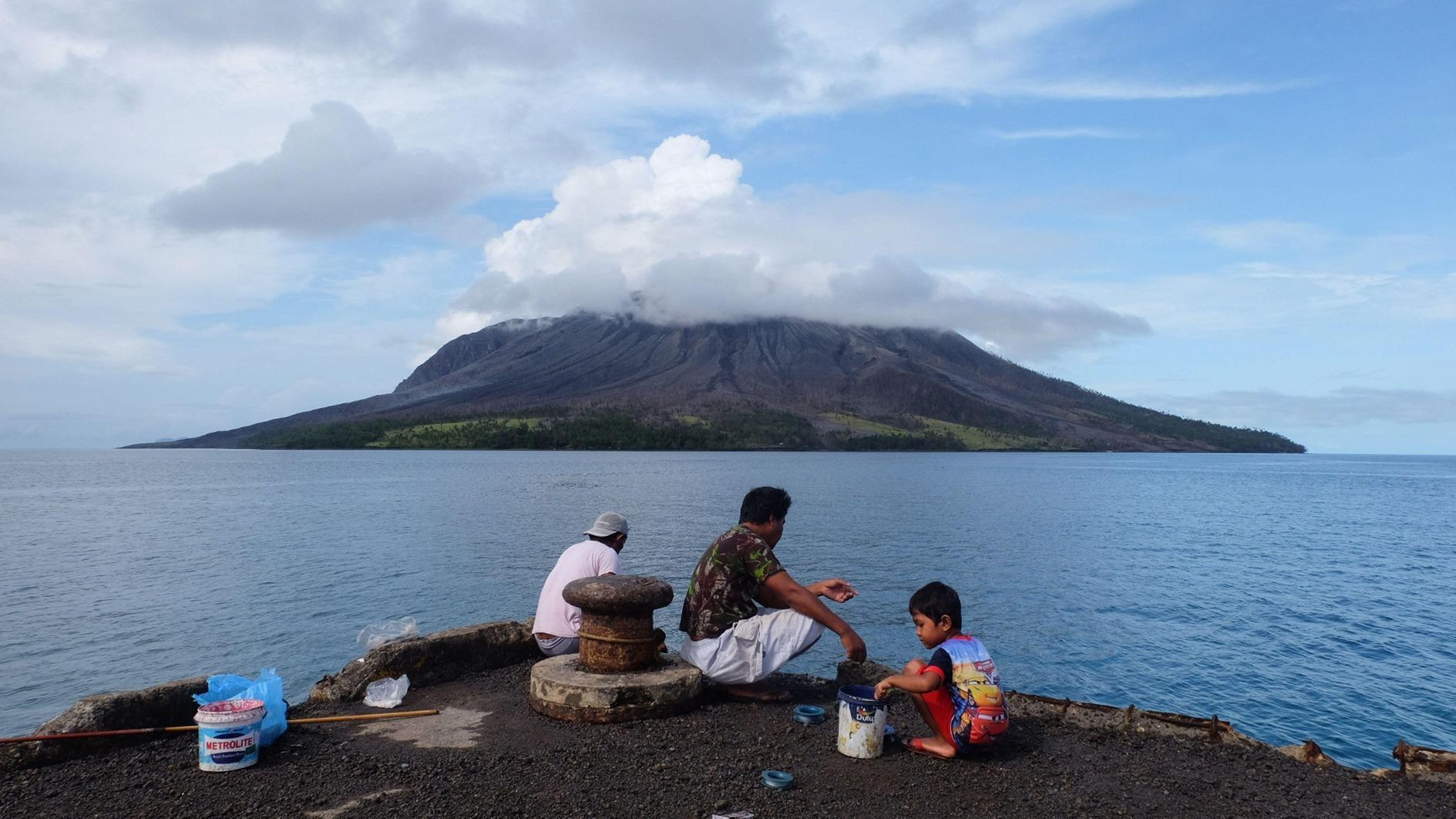Şanlıurfa, Harran and stone cave
Wilco van HERPEN Hürriyet Daily News

‘It is this area that has changed history and, with a little bit of imagination, you can go back in time if you want.’
Last week I went to Şanlıurfa, maybe not a very popular destination at the moment given the situation in Syria. But I decided to go and have a look around in this fascinating province. Nowadays everybody is talking about Göbeklitepe but I did not visit this 12,000-year-old place. Instead I went to Harran and the Bazda caves; two places that are inseparably connected to each other. The funny thing is that, driving towards Harran and Bazda, you do not expect to find such a historical important place. The landscape is dull; a vast plane surrounded by dry hills. But it is this area that has changed history and, with a little bit of imagination, you can go back in time if you want. It is not difficult; just close your eyes and imagine… After leaving the main road from Şanlıurfa it takes a little while to arrive in Harran. The first thing you will see are the city walls and a part of the castle that is being restored at the moment.It was not my first visit to Harran; the first time I went was about five years ago. That time an old craftsman was working on the restoration of one of those old traditional build houses. There is just one of those craftsmen left in Turkey and it was a real honor to be able to help this guy finish this beautiful house.
Restoring an old house
Sitting on the roof brick by brick we worked our way up. On the ground a man threw bricks up to us, I passed those bricks to the craftsman who placed them piece by piece in place and “glued” them with a wet cob mixture. How many people can say that they helped to restore an old Harran house?
This time I was not that lucky. There was no craftsman restoring the houses and on top of that while visiting Harran it started raining. But there was a difference from five years ago. While five years ago, during the whole day I spend in Harran I did not see one single tourist, this time one bus after another came with tourists.
I saw them arriving at the old university walking around without an aim. Obliged to make the whole tour around the area that is known as the university they try to finish it as soon as possible. I have to admit; it is much more fun to walk around in between the old remains of the university but it has been closed recently. Stones falling down have, according to a local guide (I assume he is nine years old) injured some tourists and after that they closed down this area. It is a pity but I do understand it. Still, it is a pity. This place is of universal importance. It was here that, as they say, the astronomer Al-Batani calculated the distance to the moon. Also I learned that, according to scientists, this was one of the first cities to be founded after the big flood.
My aim was the old conic shaped houses near the university. When I got out of the car I was immediately surrounded by children whose aim it was to tell something about Harran in order to earn a little bit of pocket money.
Smell of bread
I walked around a bit and then something caught my attention; it was the smell of bread. In one of the houses two women were baking fresh bread. I was lucky; they allowed me to take some pictures and even offered me a piece of bread. It was yufka they were making, a thin crispy kind of bread, and while eating the yufka I walked towards the “Harran information centre.” It is here that most of the visitors end up having a unique chance to see the old Harran houses.
There is one thing I would like to give as a message though and I hope the governor or mayor of Harran will read it and give importance to what I write: I did not like the electricity cables hanging in the air. Harran gave me a kind of shabby feeling. If they would hide all the cables under the soil and take a bit more care of keeping Harran clean then, defiantly after the restoration of the city walls and the castle, Harran might become another place of touristic importance.
















